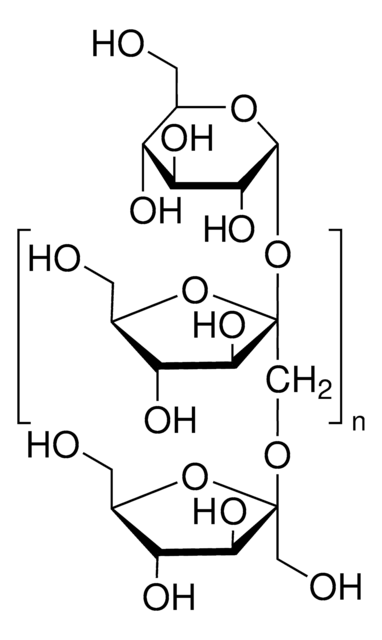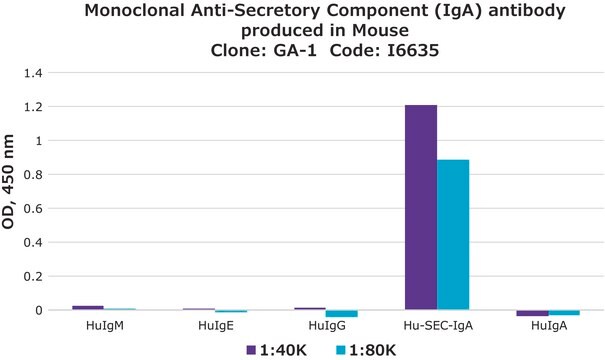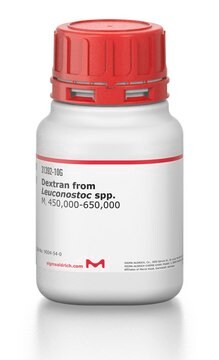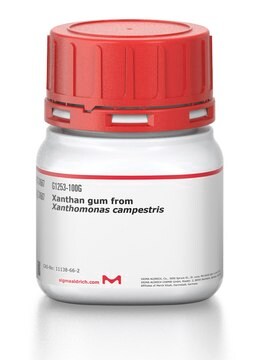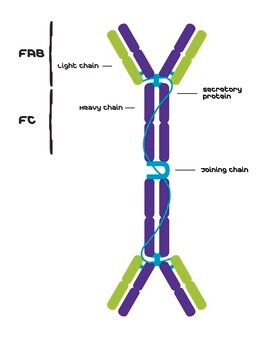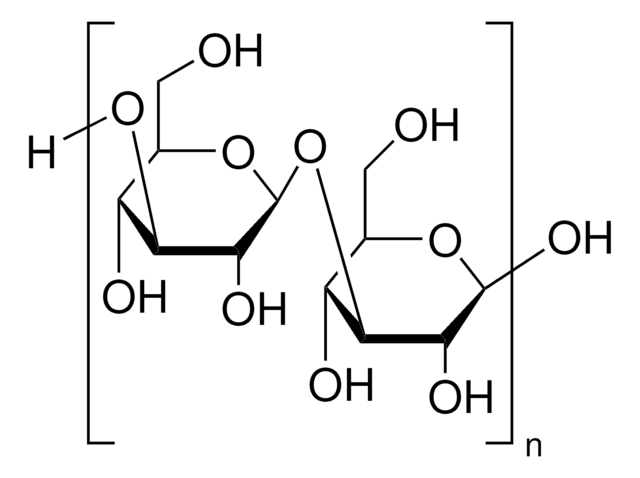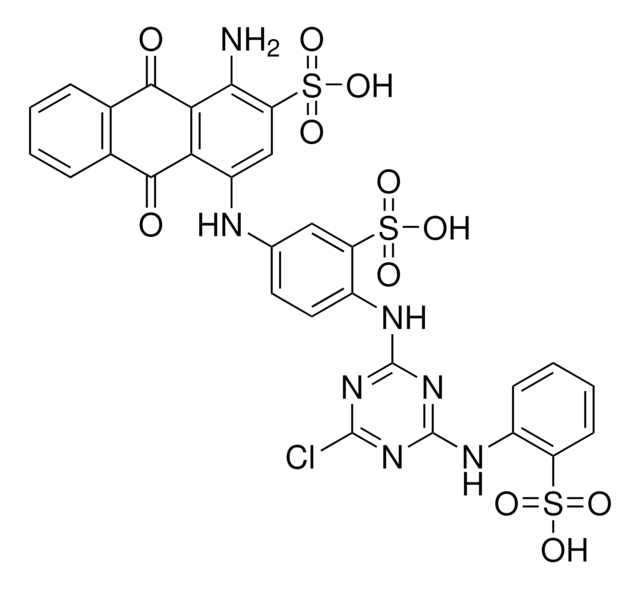Recommended Products
biological source
bacterial (Erwinia herbicola)
Quality Level
Assay
≥98% (TLC)
form
powder
technique(s)
thin layer chromatography (TLC): suitable
color
white
solubility
water: 9.80-10.20 mg/mL, cloudy to hazy, colorless to faintly yellow
storage temp.
2-8°C
InChI
1S/C18H32O16/c19-1-7-10(23)14(27)17(5-21,33-7)31-3-9-12(25)15(28)18(6-22,34-9)30-2-8-11(24)13(26)16(29,4-20)32-8/h7-15,19-29H,1-6H2/t7-,8-,9-,10-,11-,12-,13+,14+,15+,16-,17-,18-/m1/s1
InChI key
ZFTFOHBYVDOAMH-XNOIKFDKSA-N
Looking for similar products? Visit Product Comparison Guide
Related Categories
General description
Application
- standard for the nuclear magnetic resonance (NMR) spectroscopy analysis of levan produced by Bacillus licheniformis NS032 in sugar beet molasses-based medium
- polysaccharide substrate to test the ability of Prevotella copri isolates to grow when polysaccharides were provided as the sole carbon source in vitro
- substrate in levanase activity assay
Biochem/physiol Actions
Other Notes
Storage Class Code
11 - Combustible Solids
WGK
WGK 3
Flash Point(F)
Not applicable
Flash Point(C)
Not applicable
Personal Protective Equipment
Certificates of Analysis (COA)
Search for Certificates of Analysis (COA) by entering the products Lot/Batch Number. Lot and Batch Numbers can be found on a product’s label following the words ‘Lot’ or ‘Batch’.
Already Own This Product?
Find documentation for the products that you have recently purchased in the Document Library.
Customers Also Viewed
Our team of scientists has experience in all areas of research including Life Science, Material Science, Chemical Synthesis, Chromatography, Analytical and many others.
Contact Technical Service